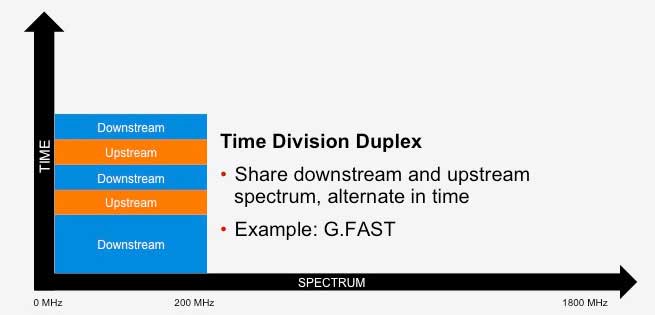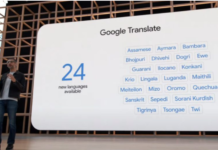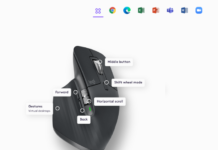Cisco contributes to performance increase in Cable HFC Plants – Full Duplex DOCSIS Technology
Cisco revealed an innovative silicon reference design which will enable fibre optic capacity over coaxial cable. Which has contributed to cable industry at large. The technology is named as Full Duplex DOCSIS technology which will help cable operators deliver even great performance from their existing Hybrid Fiber Coax(HFC) plant.
By deploying an architecture leverage Full Duplex DOCSIS capacity users can enjoy multi-gigabyte speed without waiting for the fiber services offered in their area. Full Duplex DOCSIS also offers the cable operators to support symmetrical (same speeds both upstream and downstream) cable internet services and video using a simplified and potentially virtualized all-IP architecture.

Cisco has developed a validated reference design for a digital echo canceler that maximizes the use HFC capacity. They have developed a multi-slice echo canceler(EC) for the Full Duplex DOCSIS specification that seamlessly integrates with Cable Modem Termination System(CMTS) architecture. This technology is scalable for a return path from 200MHz(1.7Gbps) to 1.2GHz(100Gbps).

Existing technologies mostly use either Frequency Division Duplexing (FDD) or Time Division Duplexing (TDD). In FDD, upstream and downstream (or uplink and downlink in the terms of the wireless world) traffic operate separately in dedicated parts of the spectrum.
In current DOCSIS network deployments, the lower part of the spectrum is dedicated for upstream traffic and the upper part of the spectrum is dedicated for downstream traffic. In TDD, the upstream and downstream traffic share the same spectrum, but take turns in using the spectrum, similar to how Wi-Fi, or DSL, operate.
In Full Duplex communication, the upstream and downstream traffic use the same spectrum at the same time, doubling the efficiency of spectrum use. A DOCSIS 3.1 Full Duplex network provides the peak speeds and flexibility of TDD solutions, but one-ups both TDD and FDD with double the capacity.
Demonstration of this technology took place at CableLabs Summer Conference in Keystone, Colorado on 9th August 2016. Mr. John Chapman, Cisco Fellow and CTO, Cable Access Bussiness, at the event told that “By making this royalty-free design available to the industry, we can help our cable customers evolve to more rapidly deploy virtualized, fiber-deep, and all-IP infrastructures.”
















































